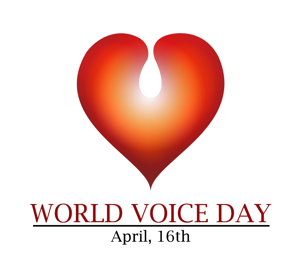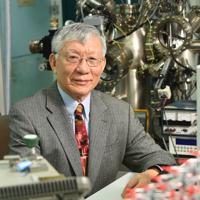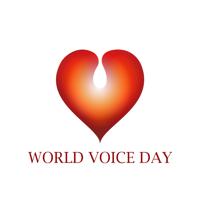The Transient Theory of Human Voice Production with Dr Julian Chen
Sunday 16th April 2023, 5:00 PM - 7:00 PM (London Time)
This event is free-to-attend as part of our World Voice Day celebrations.
In 1957, French physiologist Philippe Fabre invented the electroglottograph, which can accurately determine the closing and opening instants of the glottis in vivo. In 1984, Donald Miller and Harm Schutte further placed two pressure sensors immediately above and below the glottis, measured the air pressures across the glottis.
This experimental evidence enabled a scientific understanding of human voice production.
And so a refined version of the transient theory of human voice production, the timbron theory, initially proposed by Leonhard Euler in 1727, is established. In this lecture, experimental output and the timbron theory of human voice production are presented in an easy to understand graphical format.
Content:
According to that theory, the time between two adjacent glottal closing instants accurately defines the pitch period, and the sound waveform in each pitch period contains full information on the timbre. A method of extracting glottal closing instants from sound waves and a graphical display, the pitch-synchronous spectrogram, are presented.
Among the samples of human voice, the sound recordings of Luciano Pavarotti are analyzed. Some characteristics of the master singer are shown, and hints of how to improve the quality and volume of voice are presented.
Finally, the theory and parametrization method for human voice developed in early 20th century, the source-filter theory and linear prediction coefficients (LPC), are outlined.
Comparing with the more accurate timbron theory and pitch-synchronous parametrization method, the deficiencies of the source-filter theory and the LPC method are discussed.
Dr Julian Chen
Julian Chen received a PhD in Physics from Columbia University in 1985, then joined IBM Research Division as a Research Staff Member...
World Voice Day
World Voice Day takes place on 16th April annually. It is acknowledged across the globe, with the main goal being to increase awareness of voice and voice issues.
Sorry, this is an archived short course...
We have plenty of upcoming short courses coming soon. See details of some of them below or look at the full list of short courses.
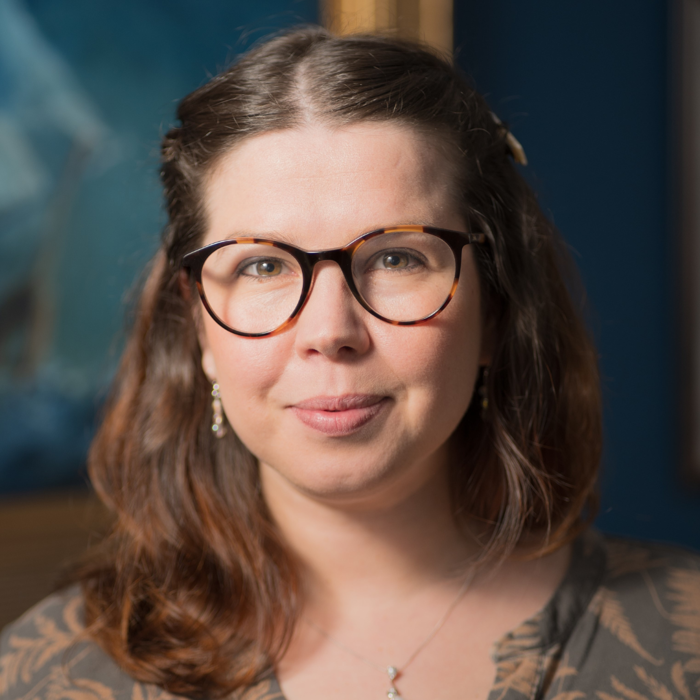
Monday 12th January 2026
12:00 PM - 1:30 PM
Tuesday 13th January 2026
12:00 PM - 1:30 PM
Wednesday 14th January 2026
12:00 PM - 1:30 PM
Thursday 15th January 2026
12:00 PM - 1:30 PM
Tuesday 20th January 2026
12:00 PM - 1:30 PM
Wednesday 21st January 2026
12:00 PM - 1:30 PM
(London Time)
Level One Certificate in Accents and Phonetics

Louisa Morgan
Are you a voice, acting, or singing coach looking to expand your expertise and add accents and phonetics to your teaching repertoire? This 6-session course covers essential topics such as articulatory, acoustic, and auditory phonetics, the International Phonetic Alphabet (IPA), and ethical approaches to accent and dialect coaching. By the end of this course, you'll be equipped with the knowledge and practical skills to start to bring phonetics and accent coaching into your coaching and provide more comprehensive support to your clients.
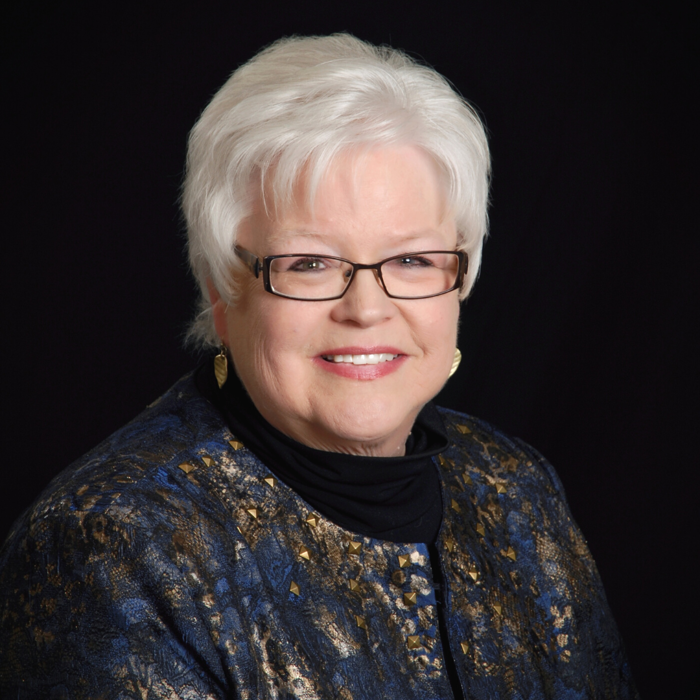

Monday 12th January 2026
2:00 PM - 4:00 PM
(London Time)
Emerging and Developing Voice: Singing and Speech

Karen Brunssen
How does the singing voice influence the speaking voice? How does the speaking voice influence the singing voice? When is there a disparate relationship between the two? Can they help each other? Can one harm the other? How can we use them positively in the voice studio. During this short course we will consider the voice as we sing and as we speak. The acquisition of language is a very interesting journey from birth through old age. We will broach the topics of “lexical” which refers to learning words, and “semantic” which is how we use words in the context of language.


Monday 12th January 2026
5:00 PM - 7:00 PM
(London Time)
Perfectionism: A Theoretical & Clinical Overview

Dr David Juncos
What exactly is meant when we label ourselves or someone we know a perfectionist? It is a good to be this way? Or are you setting yourself up for failure? Can a performance psychologist or a other performance-related practitioner help you if you’re a perfectionist? In this short course, you will learn how perfectionism is defined according to popular models in clinical psychology, and whether it is maladaptive or adaptive. You will also learn how perfectionism impacts on music performance anxiety, in addition to other areas of importance for performing musicians, like work-related stress and burnout, and procrastination with one’s practice.
